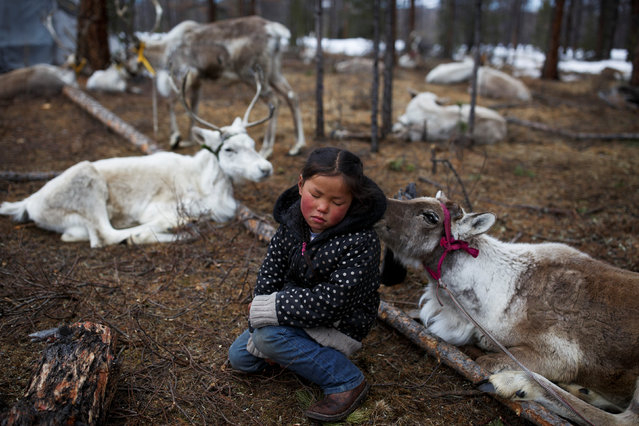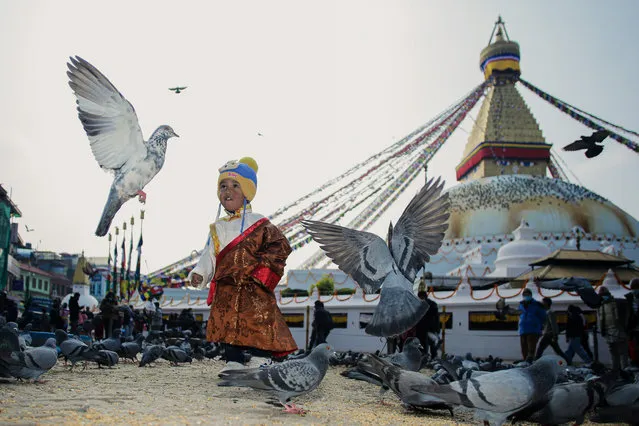
Erik Ravelo goes straight for the jugular in his series, Los Intocables (The Untouchables). Depicting children in one the most vulnerable poses of all time, Ravelo attempts to speak for those who cannot properly articulate their pain. The sick, twisted games that adults play can come at a cost to future generations and Ravelo’s series gives a voice to those children who get caught in the crossfire.
11 Jan 2014 19:38:00,post received
0 comments







